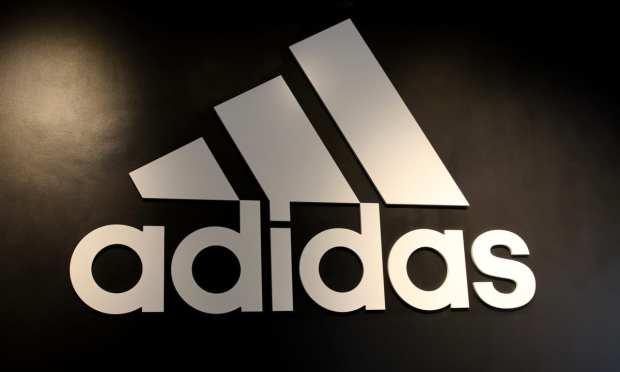Adidas Looks To ‘Own the Game’ With Focus On eCommerce, D2C, Women

German sportswear giant Adidas said Wednesday (March 10) it plans to double its eCommerce business over the next five years as it shifts to a direct-to-consumer (D2C)-led strategy focused on 12 global megacities and increased focus on attracting more women while improving its sustainability.
In addition to its “Own The Game” strategic plan, Adidas also posted fourth-quarter results that saw revenues fall 5 percent, reflecting the cost of having half its European stores closed through December due to the pandemic. At the same time, Adidas said its D2C revenues rose 14 percent while its eCommerce rose 43 percent for the final three months of 2020.
“2020 was a year like no other. But despite all the challenges we faced, we still used the year to make Adidas a better company,” CEO Kasper Rorsted said in the company’s press statement.
The owner of the iconic “three-stripe” brand said its transformation into a direct-to-consumer-led business would include a tripling of its loyalty program to 500 million members over the coming years, noting that its 2,300 retail stores and 10,000 branded franchise locations would be digitized with full-fledged omnichannel capabilities.
Rorsted said the company’s eCommerce business “was a standout” throughout the year, rising 53 percent for 2020.
“We are confident about 2021 and will be fast out of the gate in the first year of our new strategic cycle, delivering mid- to high-teens sales growth globally,” Rorsted added.
The Global Athleisure Trend
Like all sports-linked footwear and apparel makers, Adidas is benefitting from the “athleisure” fashion shift that has accelerated during the pandemic.
As a result, the company said its five main business lines (soccer, running, training, outdoors and lifestyle) will drive 95 percent of revenue growth for the next five years.
Adidas also said that “attracting more female consumers” is an important part of that growth strategy that it will pursue in all five categories.
“The company will execute on a cross-category plan to achieve product excellence and to elevate the women’s experience with the goal to grow currency-neutral net sales for its Women’s business at a mid-teens rate on average per year between 2021 and 2025,” the five-year plan states.
Last week, eBay announced that it was pursuing a similar female-focused strategy in an effort to attract more women to the “sneakerhead” trend. The 25-year-old operator of one of the world’s largest and oldest online marketplaces said its women’s sneaker category grew more than 80 percent last year, while the percentage of female shoppers buying men’s-style shoes doubled, all within a global sneakerhead market said to be worth $80 billion a year.
More Megacities
For years, Adidas has focused its growth on six influential megacities (Tokyo, Shanghai, Paris, London, New York and Los Angeles) that are known as global hubs for trends and fashion.
Going forward, Adidas said it will double its “megacities” menu to 12 by adding Mexico City, Berlin, Moscow, Dubai, Beijing and Seoul to the mix.
“The company plans to invest over-proportionately in these [twelve] markets to gain market share, as they are expected to jointly account for around 90 percent of net sales growth until 2025,” the firm said.
Adidas also made clear that Reebok, which it bought 15 years ago for $3.8 billion, was not part of its forward planning as it was actively looking to sell the brand and consider it as “discontinued operations from the first quarter 2021 onward,” noting that none of its future plans include the once-iconic aerobic shoe brand.
“Our strategic focus is on increasing credibility of the Adidas brand, elevating the experience for our consumers and pushing the boundaries in sustainability,” Rorsted said, adding that 90 percent of its merchandise would be made from sustainable materials by 2025, up from 60 percent currently.